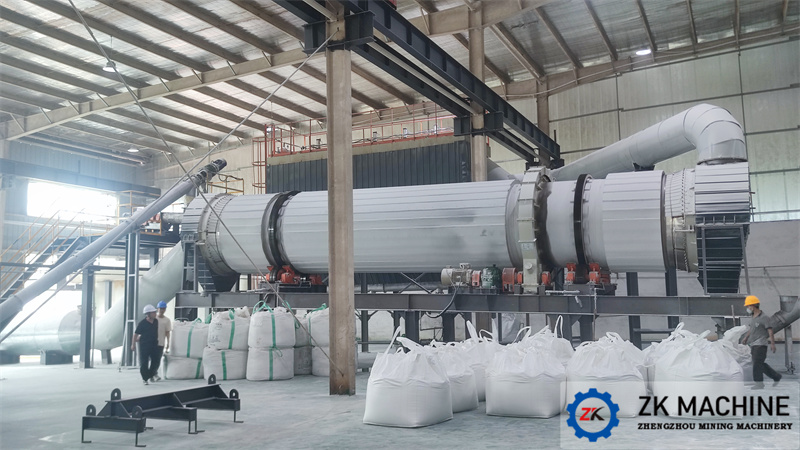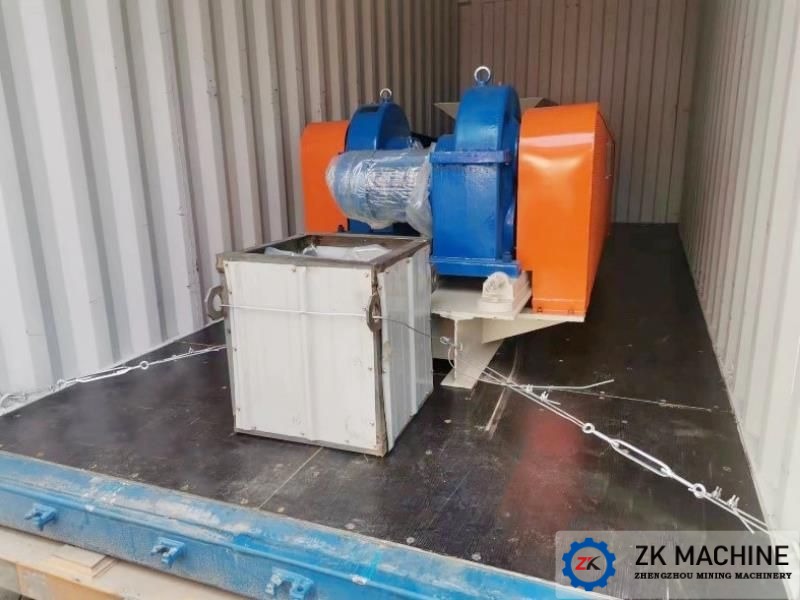Factors Affecting the Operation of Open Flow Mill
There are many factors that affect the operation of the ball mill. The properties of the materials include: grinding particle size, grindability, finished product particle size, specific area, material temperature, moisture, grinding aids, etc. The process parameters include: mill speed, ball loading, ball distribution, ball-to-material ratio, material flow rate in the mill, wind speed in the mill, and cooling. In terms of mechanical structure, there are aspect ratio, storage position, lining plate type, grate plate, and grate hole. This article summarizes the basic operating principles based on actual experience in production.
The high-yield, high-quality, and low-consumption operation requirements of the open-flow tube mill can be summarized as: "Stuck in the head warehouse, control the flow rate, and balance the front and back". The three should be unified and cannot be separated.
Stuck in the first position: This refers to the elimination of coarse grains in the first position as much as possible. In the open-flow tube mill, if the first bin cannot be crushed and the coarse particles run into the second bin or the rear bin, it is difficult to break due to the small diameter of the ball. Force reduction to feed. The best way to solve this contradiction is to reduce the gap between the head and the grate. Depending on the material, the general wet mill can be reduced to 4-5mm, and the dry mill can be 5-7mm. In order to prevent the grate hole from being blocked, its shape should gradually expand with the feeding direction. In order to maintain the grate hole size after the grate plate is worn out, a straight section can be set.
Of course, to eliminate the slag in the head bin, the prerequisite is that the head bin must have sufficient impact force, which must be compatible with the particle size of the grinding material, and the ball diameter must match the form of the liner. For the lifting liner, the ball is high, the impact force is large, and the ball diameter can be smaller; for the angular spiral liner, the average landing height of the grinding body is reduced, the impact force is weakened, and its crushing ability is reduced, and the corresponding ball diameter should be appropriately increased.
Controlling the flow rate: In the production of open-flow tube ball milling, since the grinding operation must be completed at one time, it is very important to control the flow rate. Generally speaking, the residence time of the material in the mill is 15-25 minutes. For materials that require coarse fineness, the residence time can be short and the flow rate can be faster; for materials that require fineness, the residence time should be long and the flow rate should be slow.
In most cases, the flow rate is always too fast, resulting in rough running. Under the condition of not changing the internal structure of the mill, the operation can only reduce the feed, so that the grinding is increased, so that the output is reduced and the power consumption is increased. Appropriately slow down the flow rate, especially the flow rate of the front warehouse, and the output and quality effects are good. In order to meet this requirement, there must be a variety of reasonable coordination in terms of compartment type, grate seam size, liner structure, discharging method, front and rear material surface level, and ball distribution.
The angular spiral liner increases the number of impacts of the grinding body, and the position of the landing point changes repeatedly, which is conducive to the contact between the grinding body and the grinding material at different levels. However, the angular spiral liner speeds up the flow rate, which will bring disadvantages when the fineness of the grinding is higher. Generally speaking, the angle spiral liner is not suitable for grinding difficult-to-grind materials.
Compared with a single silo, the double silo has a forced discharge function, and the front and rear material levels have no effect on it, but in order to control the flow rate, the grate should be smaller than the single silo. The size of the money eye in the center of the double compartment has a slight effect on the speed of the flow rate, and can also be used for adjustment.
Of course, controlling the flow rate refers to controlling a reasonable flow rate. If the flow rate is too slow, it will also cause an increase in over-grinding. As for the abnormal flow rate caused by abnormal reasons, it must be avoided. For example, the dry mill has too much moisture (more than 1%), and the temperature is too high (the temperature of the grinding material exceeds 120°C), which will cause adhesion, paste grinding, ring formation, etc., which will make the grinding operation impossible.
Front and rear balance: It means that the crushing capacity of the front and rear bins must be balanced in order to achieve high efficiency. Generally, the following methods can be used to judge whether the balance is reached.
Listening to the grinding tone, this is the main method used by the operator. When a skilled worker listens to the grinding tone, he not only listens to the front but also to the back, taking care of both front and back. Sometimes the sound of the front chamber is dull and the rear chamber is empty, so it is not necessary to reduce the feed quickly. Sometimes, the front chamber is empty and the rear chamber is full and no feed can be added. The trend should be grasped and be foreseeable.
Stop grinding to observe the condition of the material surface, which is also a commonly used judgment method. Under normal circumstances, the first warehouse requires half of the ball to be exposed, the middle warehouse sphere is flat, and the rear warehouse material surface is higher than the sphere.




